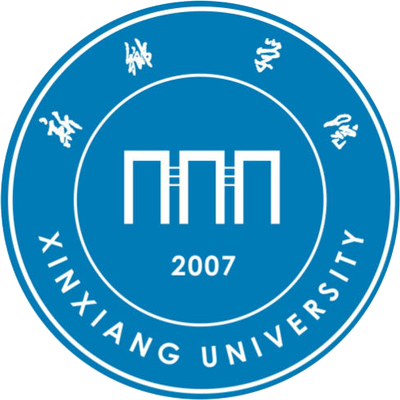详细信息
Understanding the impact mechanism of the thermal effect on the porous silicon anode material preparation via magnesiothermic reduction ( SCI-EXPANDED收录 EI收录)
文献类型:期刊文献
英文题名:Understanding the impact mechanism of the thermal effect on the porous silicon anode material preparation via magnesiothermic reduction
作者:Shi, Lu[1,2,3];Wang, Weikun[3];Wang, Anbang[3];Yuan, Keguo[3];Yang, Yusheng[3]
第一作者:史璐;Shi, Lu
通讯作者:Wang, WK[1]
机构:[1]Xinxiang Univ, Coll Chem & Chem Engn, Xinxiang 453003, Henan, Peoples R China;[2]Beijing Inst Technol, Sch Mat Sci & Engn, Beijing 100081, Peoples R China;[3]Res Inst Chem Def, Mil Power Sources Res & Dev Ctr, Beijing 100191, Peoples R China
第一机构:新乡学院化学化工学院
通讯机构:[1]corresponding author), Res Inst Chem Def, Mil Power Sources Res & Dev Ctr, Beijing 100191, Peoples R China.
年份:2016
卷号:661
起止页码:27-37
外文期刊名:JOURNAL OF ALLOYS AND COMPOUNDS
收录:;EI(收录号:20155101686919);Scopus(收录号:2-s2.0-84949668703);WOS:【SCI-EXPANDED(收录号:WOS:000367521200005)】;
基金:This work was financially supported by the Fund from National High Technology Research and Development Program 863 (no. 2011AA11A256, no. 2012AA052202).
语种:英文
外文关键词:Impact mechanism; Thermal effect; Magnesiothermic reduction; Porous silicon material; Lithium-ion batteries
摘要:Magnesiothermic reduction of porous silica is a common method to prepare porous silicon anode materials. However, the influence of the thermal effect on the porous silicon material preparation has never been studied thoroughly. In this work, by adopting biosilica from the rice husks as the silica precursor, we study the impact mechanism of the thermal effect on the porous silicon material preparation deeply and comprehensively. It is found that the thermal effect during magnesiothermic reduction plays a very important role to maintain the nanostructure of the silica precursor. With the lower ramp rate of 1 degrees C min(-1), less heat will accumulate and then the formation of the byproduct Mg2SiO4 as well as the agglomerative composite particles of Si and MgO with larger size can be avoided. The obtained product Si-JRH-1 with the specific surface area of about 267 m(2) g(-1) and the pore volume of 1.1 m(3) g(-1) can basically maintain the interconnected nanoporous structure of the starting material of SiO2-JRH. It exhibits a reversible capacity of 1311 mA h g(-1) after 100 cycles at a current density of 200 mA g(-1) and 1177 mA h g(-1) at 4 A g(-1), much higher than those of commercial graphite anodes. The impact mechanism of the thermal effect can be applied to other magnesiothermic reduction to inherit the ideal nanostructure of the silica precursor. (C) 2015 Elsevier B.V. All rights reserved.
参考文献:
![]() 正在载入数据...
正在载入数据...


